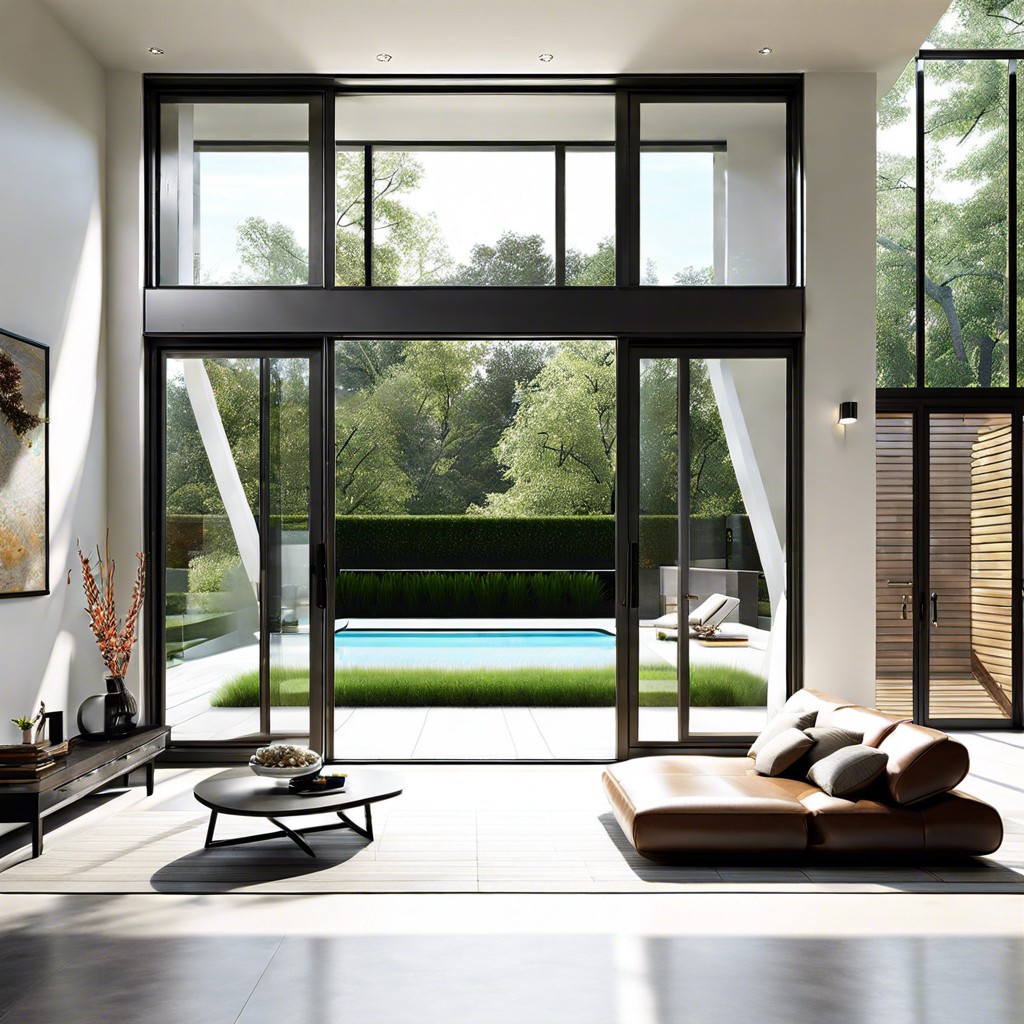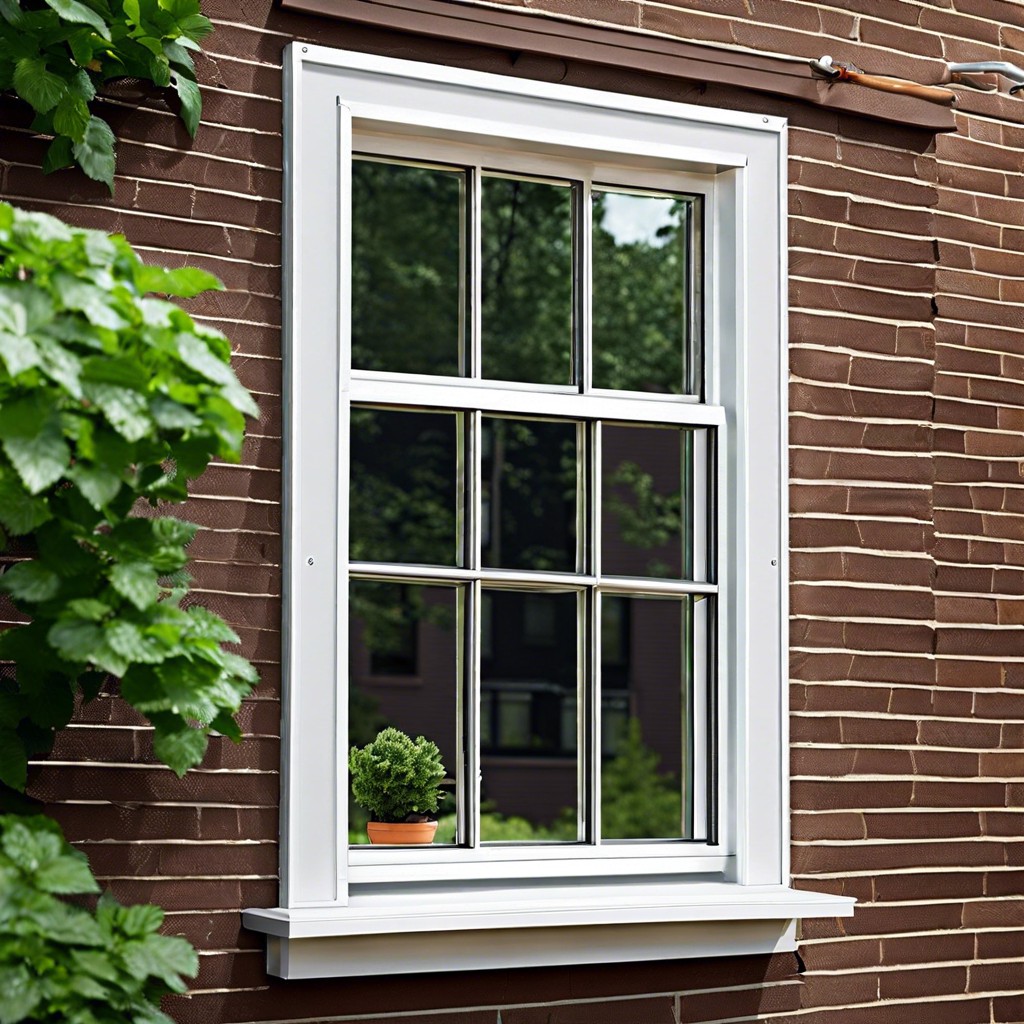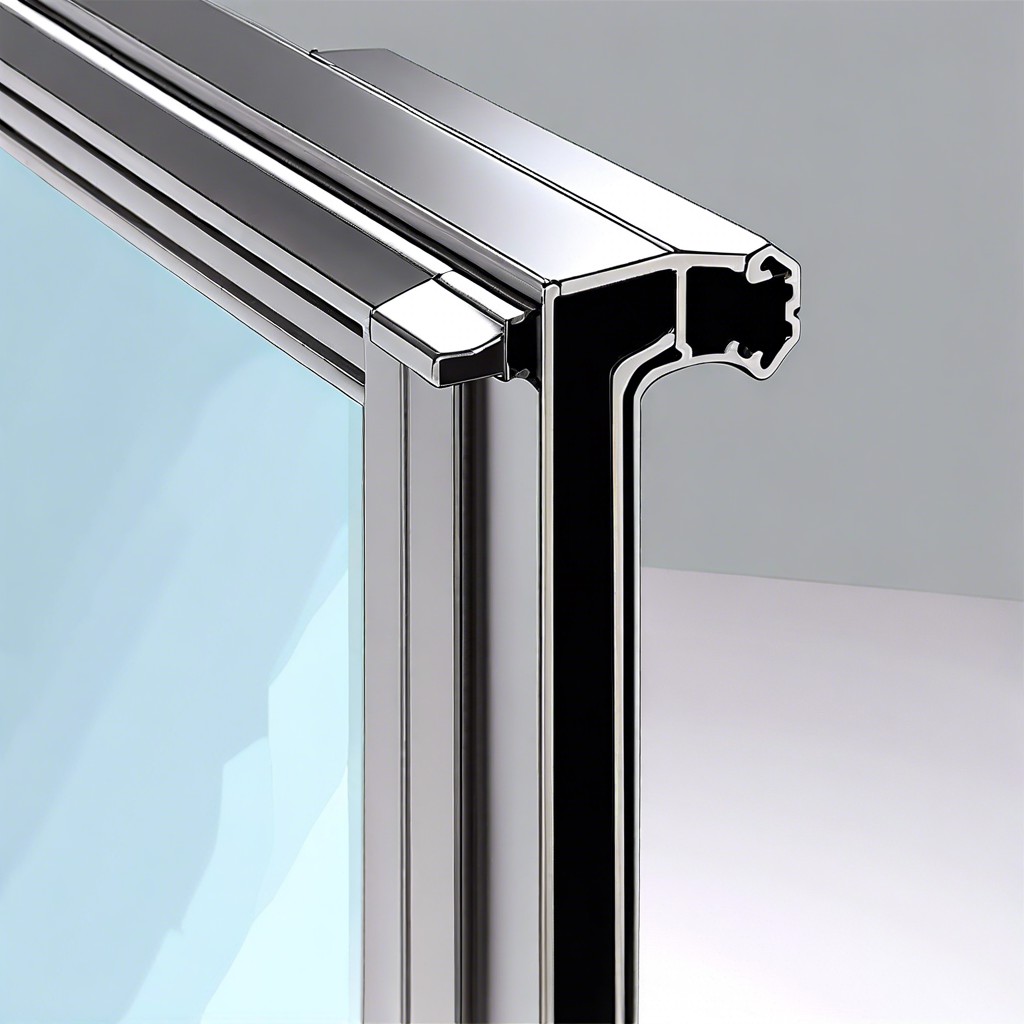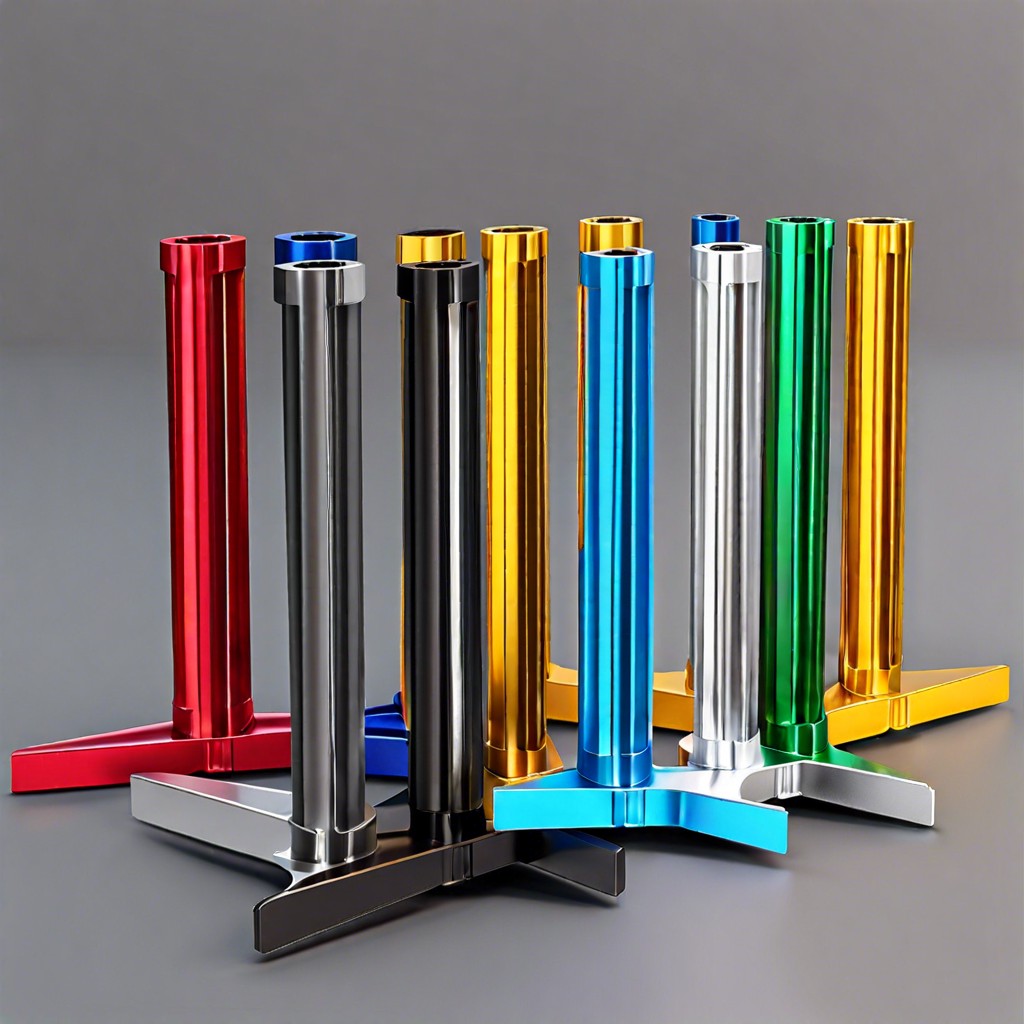I will explain why bigger windows do not necessarily mean better energy efficiency and how choosing the right window size can save you money on your energy bills.
As a child, I remember being fascinated by the size of my bedroom window. It was massive, spanning almost the entire wall and providing a breathtaking view of the city skyline.
I loved how much light it let in during the day and how easy it was to stargaze at night. But as I grew older and became more interested in energy efficiency, I began to wonder if my beloved window was actually doing more harm than good.
After all, we’ve all heard that bigger is better when it comes to windows – they let in more natural light, offer better ventilation and make your home feel more spacious.
But what about their impact on energy efficiency? As someone who writes about house windows for a living, I decided to do some digging into whether or not bigger really is better when it comes to keeping our homes cool in summer and warm in winter.
What did I find? Well, you’ll have to keep reading to find out! In this blog post, we’ll explore the impact of window size on energy efficiency – trust me when I say that you might be surprised by what you learn!
Window Size and Energy Efficiency
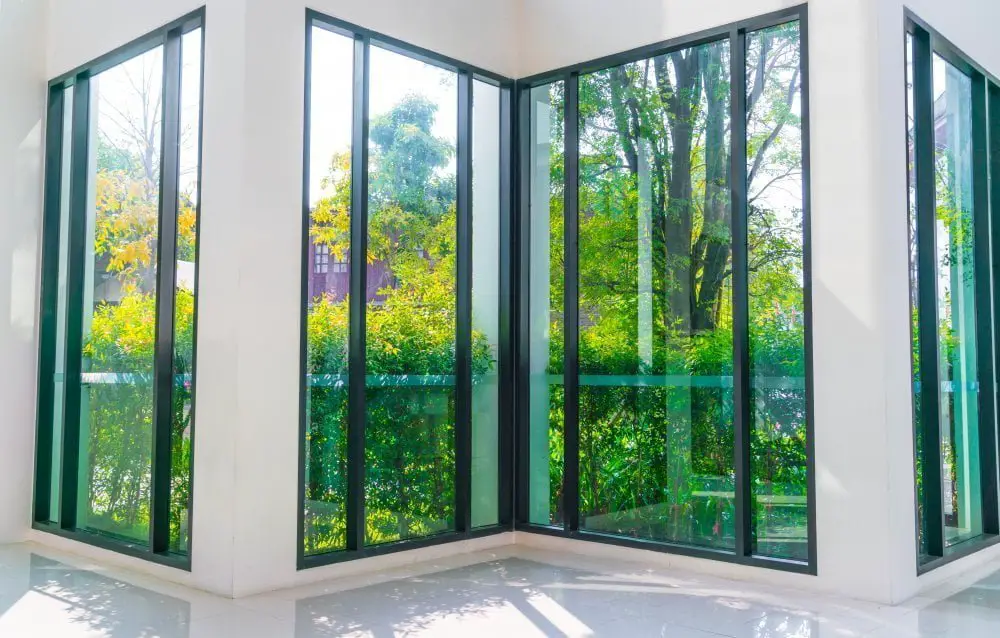
While larger windows may let in more natural light and offer a better view, they can also be a major source of heat loss or gain depending on the season.
In fact, according to Energy.gov, windows account for up to 25% of your home’s heating and cooling costs.
So what does this mean for those with large windows like my childhood bedroom? Well, it means that we need to pay close attention to how our window size impacts our energy usage. While it’s true that larger windows can help reduce lighting costs during daylight hours by letting in more natural light – which is great news if you’re looking for ways to save money on your electricity bill – they can also lead to higher heating and cooling bills if not properly insulated.
The key takeaway here is balance: while big beautiful picture windows might look stunning from an aesthetic standpoint (and provide some amazing views), their impact on energy efficiency should not be overlooked when making decisions about home design or renovation projects.
By finding the right balance between aesthetics and practicality when choosing window sizes (as well as investing in proper insulation), homeowners can enjoy all the benefits of natural light without sacrificing comfort or breaking their budget come utility bill time!
Thermal Performance of Windows
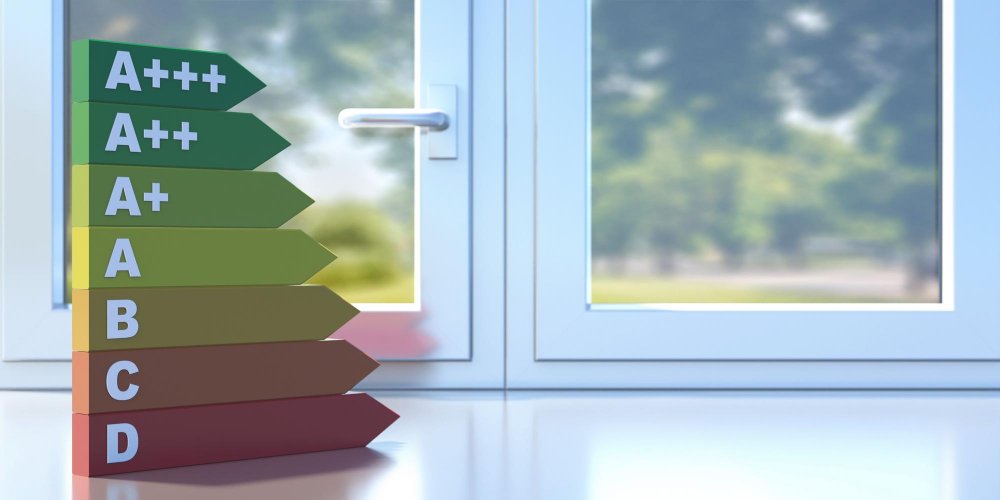
When it comes to energy efficiency, the thermal performance of windows is a crucial factor to consider. In simple terms, thermal performance refers to how well a window can keep heat inside during winter and outside during summer.
This is measured by two key metrics: U-factor and Solar Heat Gain Coefficient (SHGC).
As I delved deeper into my research on window size and energy efficiency, I discovered that bigger isn’t always better when it comes to these metrics. While larger windows may let in more natural light and offer better views of the outdoors, they also tend to have higher U-factors – meaning they’re less effective at keeping heat inside your home.
Similarly, larger windows with high SHGC ratings can lead to increased solar gain – which might be great for warming up your home in winter but could make things uncomfortably hot come summertime.
So what does this mean for homeowners? Well, if you’re looking for ways to improve your home’s energy efficiency while still enjoying plenty of natural light and beautiful views from your windows – you might want to consider opting for smaller or medium-sized ones instead!
Insulation and Heat Loss
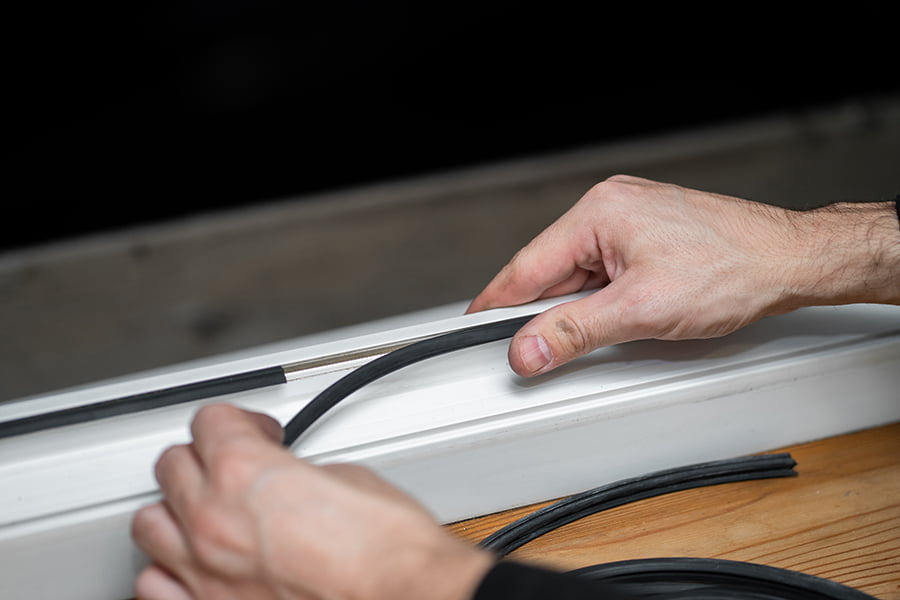
Size isn’t the only factor to consider. Insulation is just as important when it comes to keeping your home comfortable and reducing your energy bills.
You see, even if you have a massive window that lets in plenty of natural light, if it’s not properly insulated, you could be losing heat during winter or letting hot air seep in during summer. This means your HVAC system has to work harder than necessary to maintain a comfortable temperature inside – which can lead to higher utility bills and unnecessary wear and tear on your equipment.
So what does proper insulation look like? It starts with choosing high-quality materials for both the frame and glass panes. Look for windows with double-paned glass filled with insulating gas (such as argon) between them – this helps reduce heat transfer through the window itself.
Make sure there are no gaps or cracks around the edges where air can leak out; weatherstripping can help seal these areas off.
In short: while bigger windows may seem like they offer more benefits at first glance (hello natural light!), don’t forget about insulation! Properly insulated smaller windows may actually be more efficient at keeping your home cozy without breaking the bank on utilities each month.
Glazing Options for Efficiency
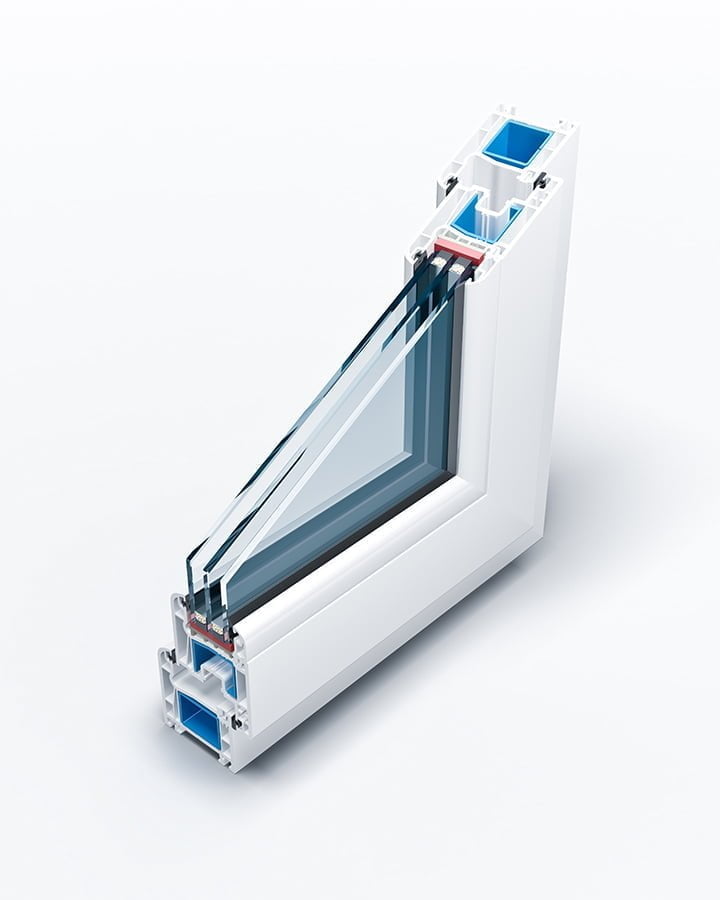
Glazing options play a crucial role in determining how much heat enters or escapes your home. Double-glazed and triple-glazed windows are popular choices for homeowners looking to improve their energy efficiency.
These types of windows have two or three panes of glass with an insulating layer between them, which helps reduce heat transfer.
But here’s where things get interesting: while double- and triple-glazed windows can be incredibly effective at reducing energy loss, they don’t necessarily need to be larger than single-pane ones to achieve this goal. In fact, smaller double- or triple-glazed units may perform better than larger single-pane ones when it comes to keeping your home comfortable year-round.
So what does this mean for those who love big beautiful picture windows? Well, it doesn’t necessarily mean you have to give up on your dream window altogether – but it does suggest that you should consider other factors beyond size when choosing the right window for your needs. By selecting a high-quality glazing option like double- or triple-pane glass instead of focusing solely on size alone, you can enjoy all the benefits of natural light without sacrificing comfort (or breaking the bank on heating bills).
Solar Heat Gain Coefficient
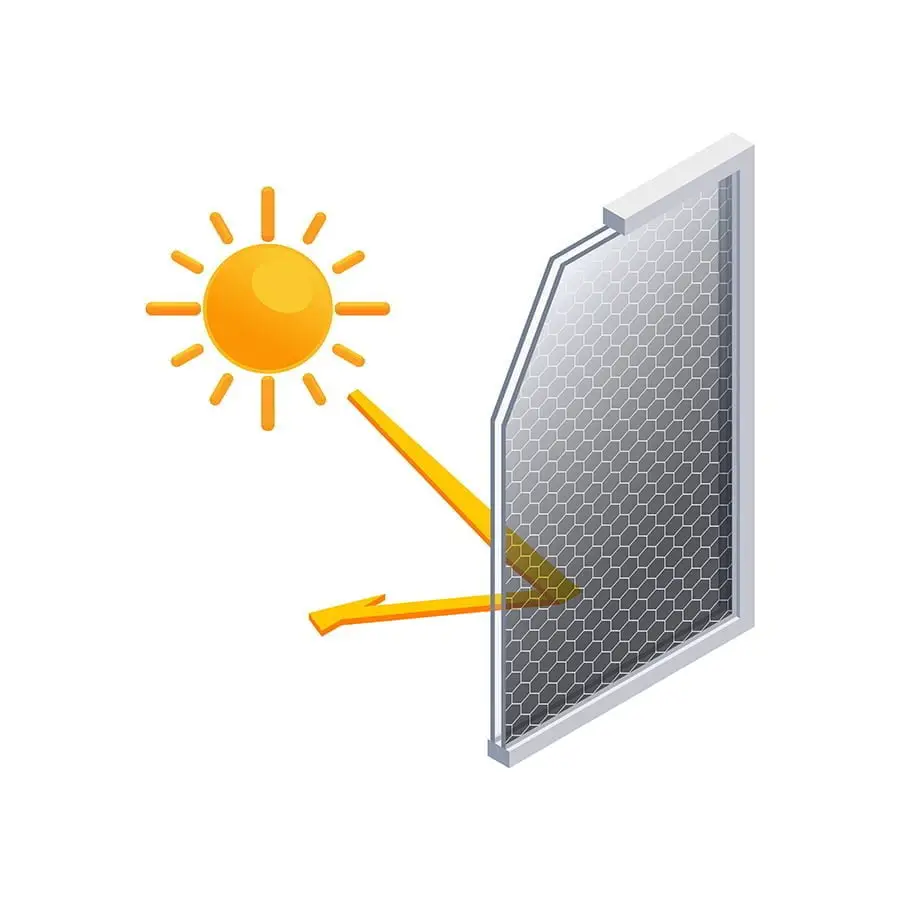
This is a measure of how much solar radiation passes through a window and enters your home as heat.
The higher the SHGC, the more heat that’s transmitted – which can be great in winter but not so much in summer when you’re trying to keep your home cool.
So what does this have to do with window size? Well, it turns out that bigger windows often have higher SHGCs than smaller ones. That’s because they let in more sunlight overall – including those pesky UV rays that can cause fading on furniture and carpets.
But here’s where things get interesting: while larger windows may let in more light they also tend to create hot spots within your home. Think about it – if you’ve ever sat near a large window on a sunny day, you know how intense the heat can be! And if there are multiple large windows throughout your house all letting in direct sunlight at different times of day…well, you get the picture.
The bottom line? When it comes to energy efficiency and keeping our homes comfortable year-round, bigger isn’t always better. In fact, sometimes smaller or strategically placed windows might actually be preferable!
Daylighting vs. Energy Consumption
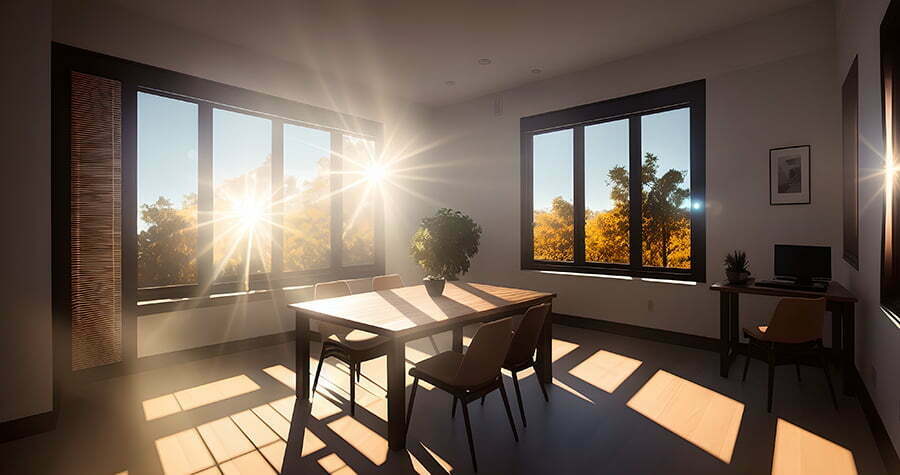
Daylighting is the practice of using natural light to illuminate indoor spaces during daylight hours.
It’s a great way to reduce your reliance on artificial lighting and can even have positive effects on our mental health. But here’s where things get interesting – bigger windows don’t necessarily mean better daylighting.
In fact, if you have too much glazing in your home (i.e., too many windows), you could end up with more heat gain in summer and more heat loss in winter. This means that while you might be enjoying plenty of natural light during the day, come nighttime or colder months, your energy bills will skyrocket as you try to keep your home at a comfortable temperature.
So what’s the solution? As with most things related to energy efficiency, it all comes down to finding balance. You want enough glazing (windows) in your home so that it feels bright and airy but not so much that it becomes an energy drain.
By working with an experienced window professional who understands how different types of glass impact thermal performance, as well as other factors like orientation and shading devices such as blinds or curtains; homeowners can achieve optimal levels for both daylighting needs without sacrificing their comfort or budget constraints!
Optimal Window-to-Wall Ratio
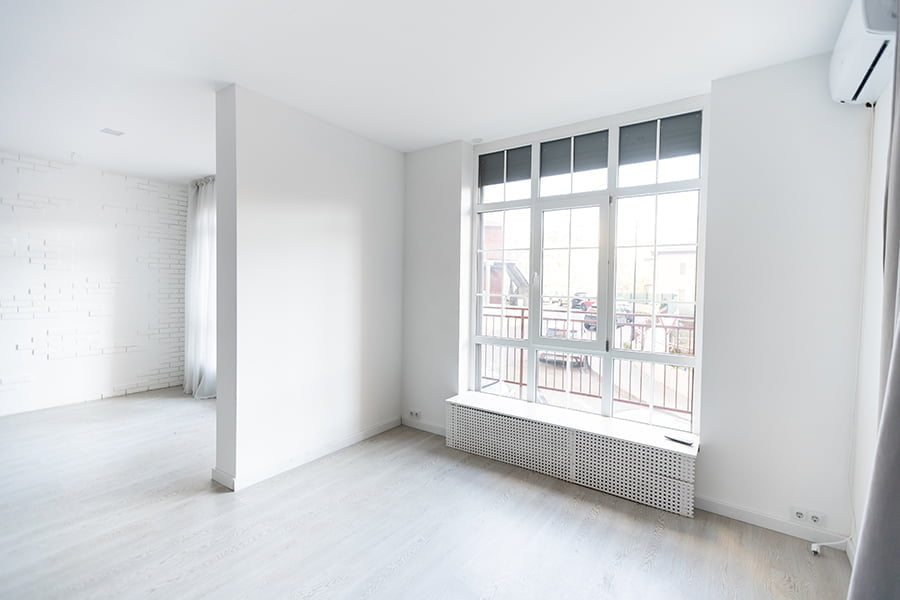
An optimal window-to-wall ratio is important for maximum efficiency. This means that while bigger windows may let in more natural light and offer better views, they can also lead to higher energy bills if not properly designed.
The ideal window-to-wall ratio varies depending on factors such as climate zone and building orientation. In general, however, experts recommend a ratio between 15% to 25%.
This means that for every square foot of wall space in your home or building, you should have no more than 25% of it covered by windows.
Why is this important? Well-designed homes with proper ratios can help reduce heating and cooling costs by minimizing heat loss during winter months while keeping out unwanted heat during summer months. Smaller windows mean less exposure to harmful UV rays which can damage furniture and flooring over time.
So what does this mean for those who love big beautiful picture windows like my childhood bedroom? It doesn’t necessarily mean you need to give them up entirely – but it’s important to consider the impact they may have on your overall energy usage before making any decisions about their size or placement within your home.
Recap
